I flew to Malaga, Spain to drive Porsche’s very first hybrid model—the 911 GTS t-Hybrid. But first things first. It’s a new 911, but it’s not an all-new 911; hence the internal designation is 992.2 (coming from the previous-gen 992.1). A truly all-new 911 might have been referred to as 993, or whatever new numerical designation Stuttgart might see fit.
Having said that, there are so many things different from this 911 from the previous 911—and from this GTS model from the previous GTS model: the most important of which is the enlargement of the flat-6 engine from 3.0 liters to 3.6 liters.
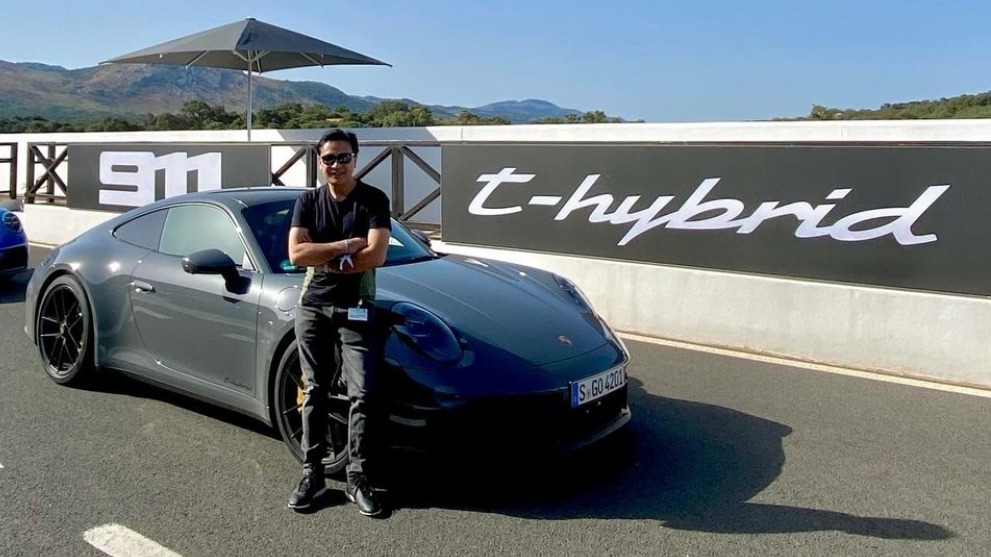
More importantly (especially for 911 purists), this new 911 is a performance hybrid. Porsche did not use hybrid tech to create a Stuttgart Prius. During the press conference in Malaga, Spain, the speakers made no mention of fuel economy figures. It was all about more power and torque and faster lap times. Also, the hybrid 911 is a self-charging HEV, not a plug-in hybrid (PHEV). There is also no EV mode, which means it will never run on electric propulsion alone, making it more akin to a mild hybrid—even if nothing about its performance is mild.
The new 911 hybrid drivetrain is available—so far—only on the GTS variant. Aside from the bigger engine, the 911 GTS gets a single (but bigger) turbo, down from the twin turbos of the previous 911 GTS. The switch to a single turbo is for weight reduction, to offset the weight gain from the electric motors and the battery. The new 911 GTS t-Hybrid weighs a mere 50 kilos more than the previous 911 GTS, despite having much more equipment.
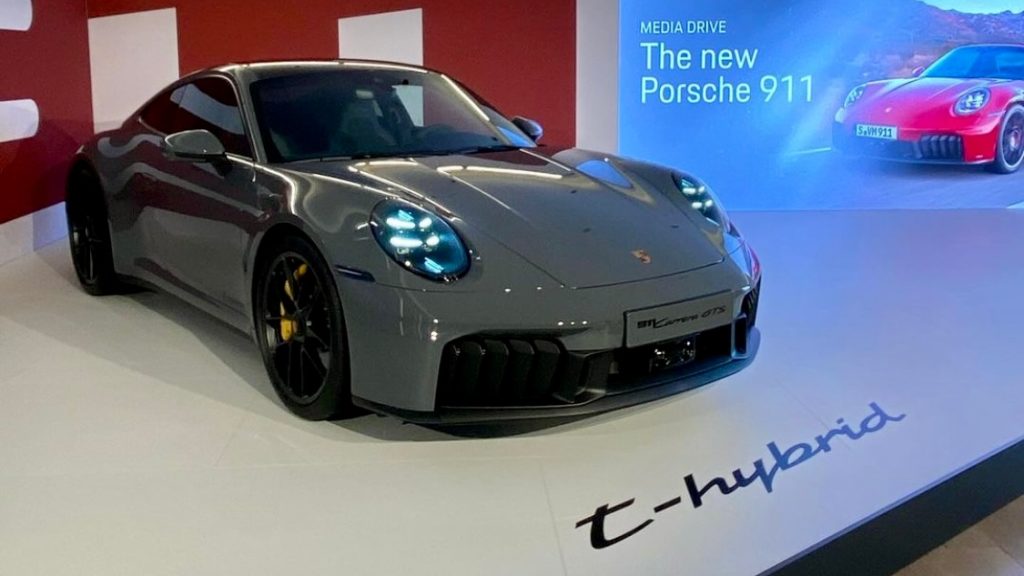
Bigger turbo means more dreaded turbo lag, right? Not for the new 911 GTS. And this is where one of its coolest tricks can be found. Hybrids have electric motors to supplement their internal combustion engines, right? Well the 911 GTS has not one electric motor but two! And one of them is inside the turbocharger itself. Dubbed the eTurbo, the motor spools up the turbine immediately (even at low rpm where exhaust gas pressure is usually still low) for instant boost. Not only that, the eTurbo adds a further 15ps of power to the drivetrain over and above the usual power boost from a conventional turbo.
So where is the other electric motor? You won’t find it if even you look for it—because it’s inside the PDK (Porsche’s term for double-clutch) 8-speed gearbox! And this is where the serious electric power boost comes from. The motor adds no less than an instant 150Nm of torque and 53ps of horsepower. Both motors are coupled to a compact and lightweight 400V battery (mounted on the front of the car just ahead of the windshield and is the size of a standard car battery) that stores up to 1.9kWh of energy. There are no drive belts on the engine; even the AC compressor is powered electrically by the high-voltage 400V system. The power steering is electrically assisted, too (no hydraulic assist).
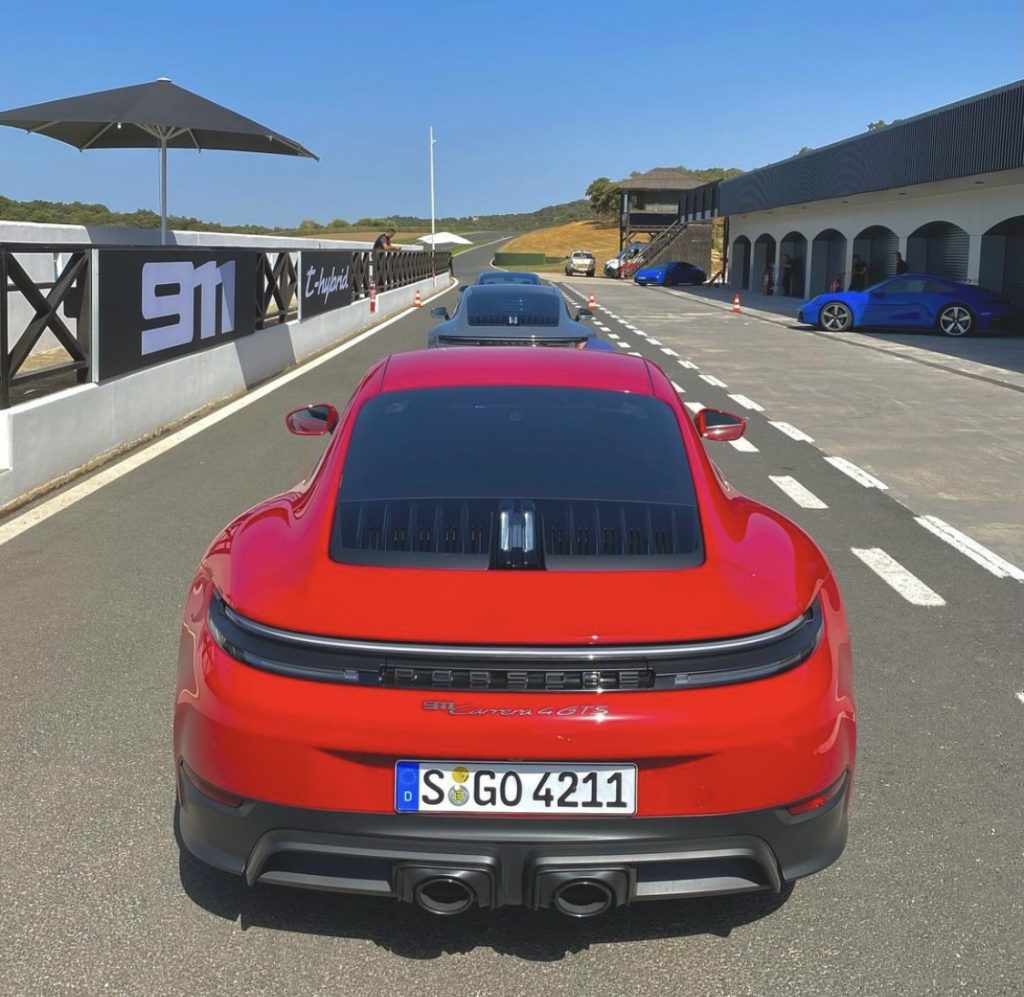
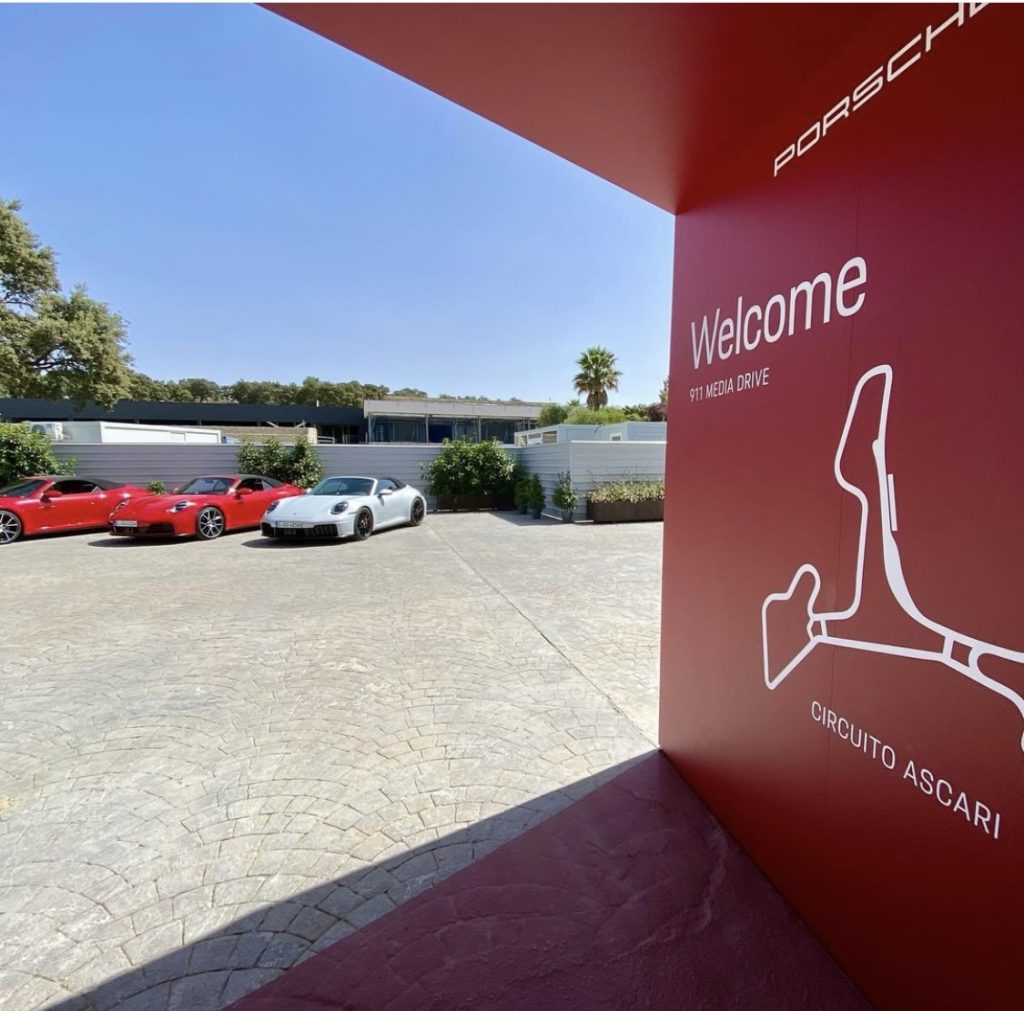
The total combined output of the 3.6-liter turbo flat-6 and the two electric motors is 541ps (61ps more than the previous 911 GTS) and 610Nm, enough to propel the hybrid 911 GTS from zero to 100 km/h in 3 seconds and hit a top speed of 312 km/h. It also enables the new GTS to lap the legendary Nurburgring in 7 minutes and 16.934 seconds—a whopping 8.7 seconds quicker than the outgoing GTS.
The new 911 GTS is available as a Coupe, Cabriolet, or Targa—the Coupe and Cabriolet are available with rear-wheel drive (Carrera) and all-wheel drive (Carrera 4). The Targa only comes with AWD.
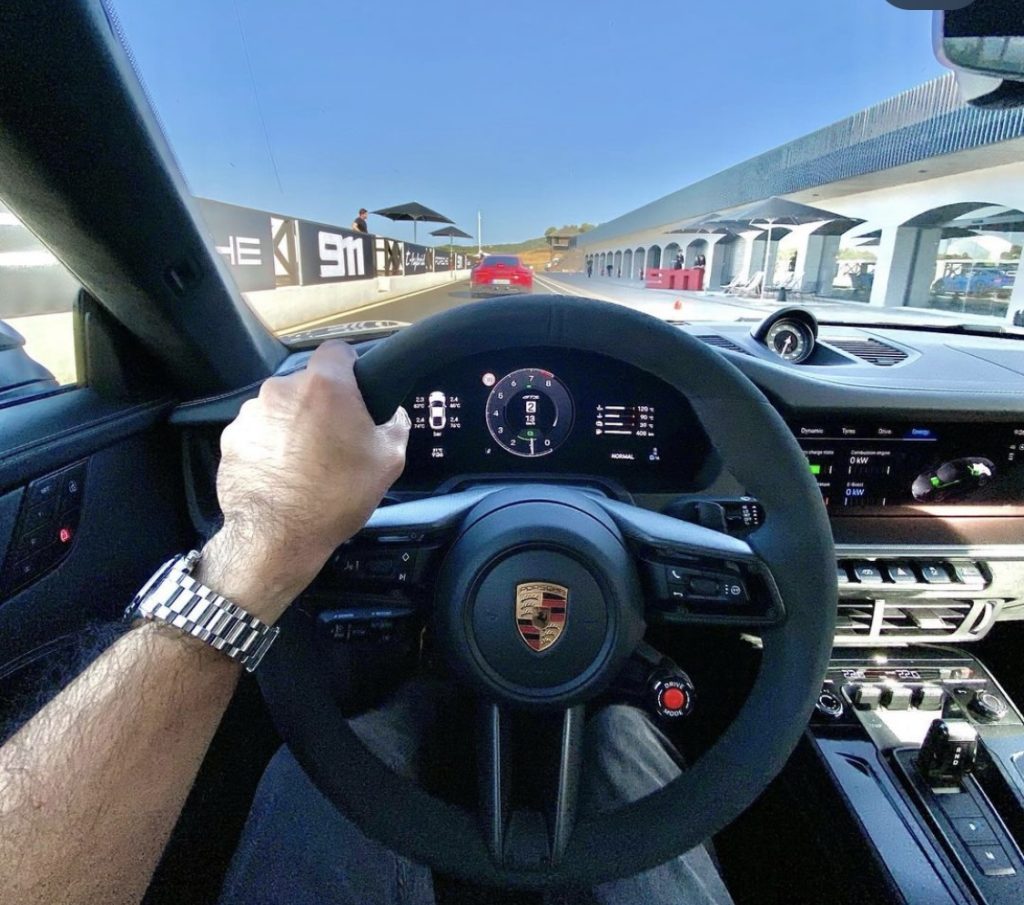
The interior is instantly recognizable as a 911’s. It comes standard as a 2-seater, but can be ordered as a 2+2 at no extra cost. It now has a fully digital 12.6-inch curved instrument panel, which can be configured in a variety of ways, including Porsche’s classic five round dials with huge central tachometer. No more ignition key (gasp!), but the push-start button is still located to the left of the steering wheel (whew!). The steering wheel is where the now-standard driving mode button is located. Connectivity is state-of-the-art, with Apple CarPlay, Siri voice assistant, wireless smartphone charging, among many other features.
The hybrid 911 GTS strikes a perfect balance between usability and performance—long a Porsche trademark. Everyday driving ease was readily apparent during our 200-kilometer drive around the streets and highways of Malaga and Andalucia. It’s no executive sedan, but the ride was never punishingly stiff. Truth be told, you can jump from your everyday Toyota into a 911 and not feel lost or disoriented. That’s the legendary Porsche usability and user-friendliness for you.
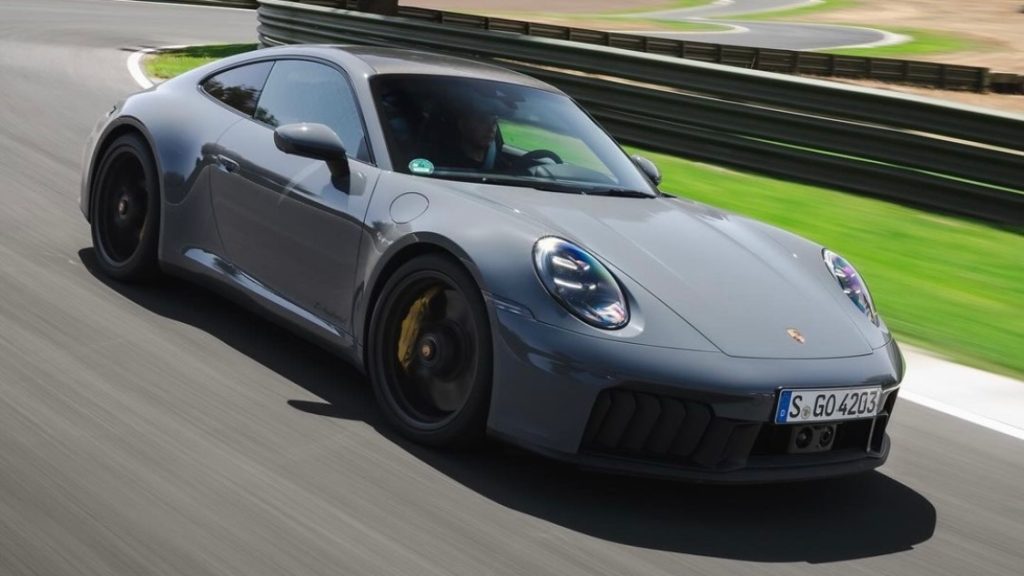
The high-voltage hybrid system provides a new source of energy for the Porsche Dynamic Chassis Control (PDCC) active roll stabilization system. Electro-hydraulic control makes the system even more versatile and precise. A sports suspension with a variable damper system (PASM) and a 10mm lower ride height deliver almost racecar-like handling, which we experienced when we took the new 911 GTS through several hot laps around Circuito Ascari racetrack in Malaga, Spain.
I cannot conclude this article without narrating my drive of the 911 GTS t-Hybrid on the Ascari racetrack. We were doing follow-the-leader hot laps of three cars driven by media following a 911 Turbo driven by a Porsche instructor.
The three media cars were a 911 GTS Carrera 2, a 911 GTS Carrera 4, and a non-hybrid base 911 Carrera. We were jumping from car to car and didn’t have time to check out which car we were in (they all look alike at first glance). My first two cars turned out to be the hybrids, which proved to be easily capable of keeping up with the flying 911 Turbo of our instructor (kids, don’t try this at home).
However, my third car was the base 911 Carrera, which aside from having a much less powerful engine, also had stock suspension and brakes. Needless to say, I was working so much harder to keep up with the trio of Turbo and two GTS 911s—and they were relentlessly pulling away.
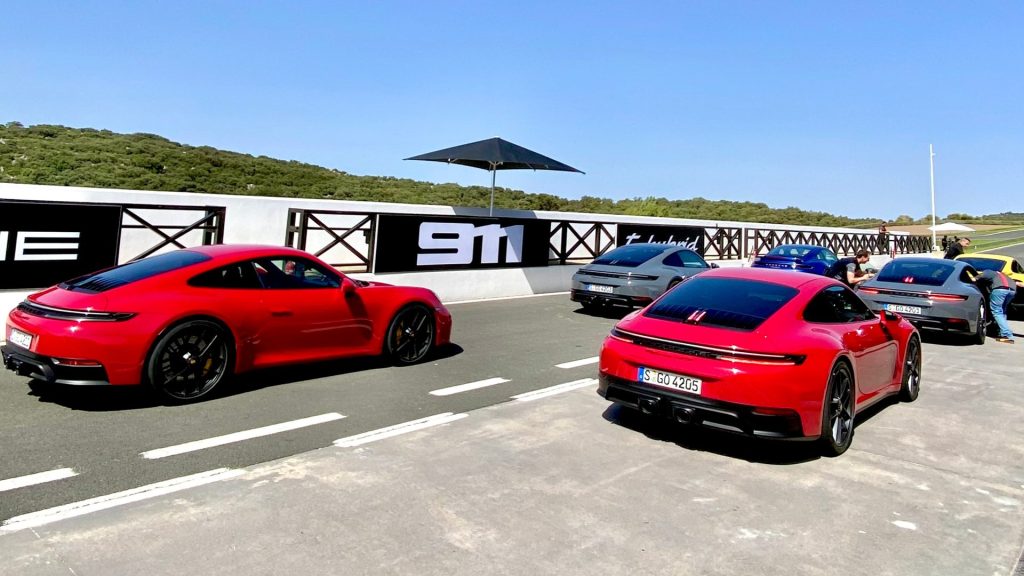
My worst moment was entering a rapid right-left-right chicane coming fast downhill at over 160 km/h. I took the same braking point I used in my previous laps with the GTS—big rookie mistake with the stock and much smaller brakes—and the 911 Carrera simply hurtled toward the chicane at way too much speed. I managed to stay off the grass but I did knock down the orange cone with my left front and managed to steer to the left before the tail swung around almost 90 degrees. Thankfully a dose of opposite lock and lots of PSM (Porsche Stability Management) saved the day and I was able to point the car to the right direction and tried catching up to the fast-disappearing trio ahead of me. The 911 GTS could take that chicane at perhaps 100 km/h. I should’ve slowed down the non-hybrid 911 Carrera to around 80 or 90 km/h to negotiate it. That’s just how good Porsche’s new 911 GTS t-Hybrid is. It is simply brilliant and absolutely sensational.

